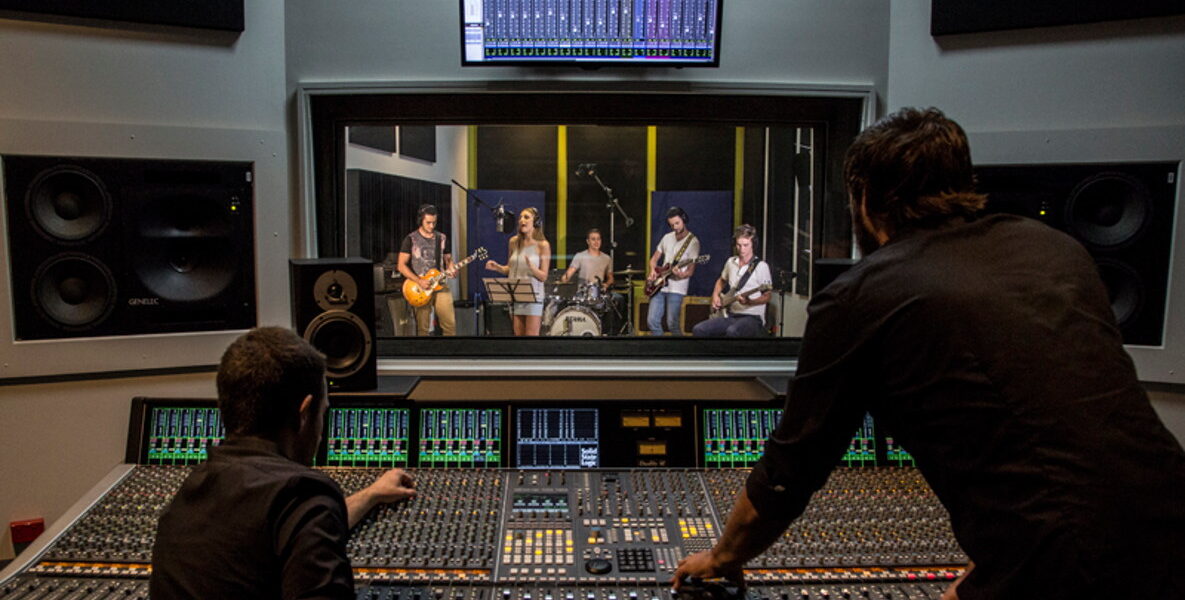Essential tools in voice mixing, reverb plugins give recordings character, warmth, and depth. They can give a flat vocal track something rich and professionally sounding. But using reverb properly is really vital since too little will leave vocals sounding flat and emotionless, while too much will confuse the mix. For those looking to explore different reverb options, checking out plugins like those available at https://slatedigital.com/reverb-plugins/ can be a great start to finding the right balance.
Choose the Right Reverb Type
Your vocals’ tone might be much changed by the kind of reverb you use. Because of its bright, smooth qualities, which give the voice a front-stage and polished feel, plate reverb is a favorite for vocals. Perfect for ballads or more dramatic vocal performances, hall reverb can provide a feeling of spaciousness and grandeur.
Adjust the date wisely
The length of the reverb depends on decay time, so the proper setup of it is quite important. A shorter decay time—between one and two seconds—often works best for vocals since it helps the vocal to seem less washed out or distant. Longer decay times can be artistically employed in particular sections of a song, such as a quiet verse or a breakdown, to have an atmospheric impact.
Use Pre-Delay for Clarity
The period between the starting of the reverb and the first voice sound is known as pre-delay. Including some pre-delay (between 20 and 30 milliseconds) will help to preserve the clarity of the vocals, enabling the first vocal impact to shine out before the reverb starts.
Though their effects depend on how you utilize them, reverb plugins, such as those available at https://slatedigital.com/reverb-plugins/, are great instruments for improving vocals. Any mix will benefit from your vocal sound created by choosing the correct kind of reverb, varying decay lengths, utilizing pre-delay, and EQing your reverb.









